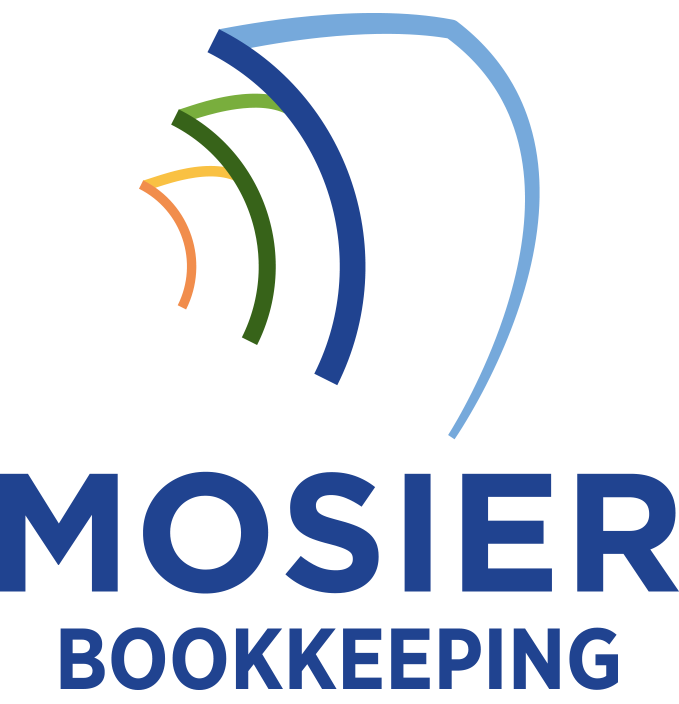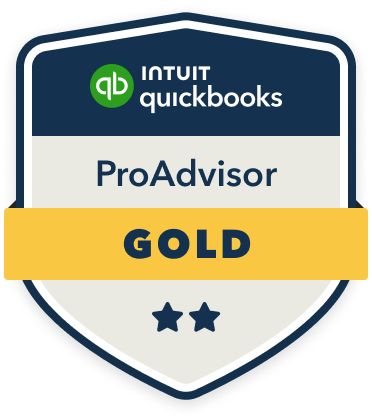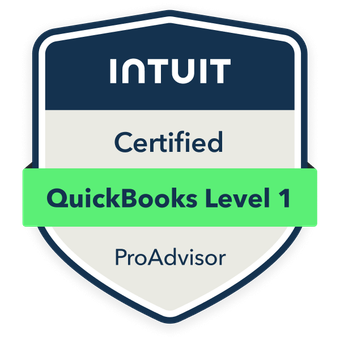To secure your bookkeeping system, I recommend implementing essential security protocols including robust access control, data encryption, and thorough audit logging. You’ll need to establish strict password policies, deploy multi-factor authentication, and set up role-based access controls to restrict data access. I prioritize these measures because financial data breaches can devastate your business. Following a multi-layered security approach will reveal how these protective elements work together to safeguard your sensitive information.
Essential Security Protocols for Digital Bookkeeping Systems

Three fundamental security protocols form the backbone of any robust digital bookkeeping system: access control, data encryption, and audit logging.
I’ll help you implement multi-factor authentication and role-based access control to restrict system entry to authorized personnel only. Through end-to-end encryption, I’ll guarantee your financial data remains protected both in transit and at rest, using industry-standard algorithms.
Implementing Strong Password Policies and Access Controls
Building upon these core security protocols, strong password policies and access controls serve as your first line of defense against unauthorized system access. I recommend implementing multi-factor authentication, requiring complex passwords with minimum length requirements, special characters, and regular updates every 60-90 days.
Create role-based access controls (RBAC) to limit user permissions based on job functions. I’ve found that maintaining detailed access logs and conducting regular user access reviews helps identify potential security breaches. Implement automatic account lockouts after failed login attempts and safeguard immediate deactivation of credentials when employees depart. These measures drastically reduce your vulnerability to both internal and external threats.
Data Encryption and Secure Storage Solutions

Strong encryption forms the backbone of any robust bookkeeping system’s data security framework. I’ll help you implement both at-rest and in-transit encryption to protect your sensitive financial data.
| Encryption Type | Security Measure |
|---|---|
| At-Rest | AES-256 bit encryption |
| In-Transit | TLS 1.3 protocols |
| Database | Field-level encryption |
| Backup Files | End-to-end encryption |
I recommend using hardware security modules (HSMs) for key management and secure cloud storage with redundancy. Don’t forget to encrypt your backup files before uploading them to any cloud service. Remember, even the strongest encryption won’t help if your keys aren’t properly managed and stored.
Regular Backup Strategies and Disaster Recovery Planning
I recommend implementing automated daily backups with robust versioning to protect your critical bookkeeping data from both system failures and cybersecurity threats. Your backup strategy should leverage encrypted cloud storage solutions with multi-factor authentication and geographic redundancy to safeguard business continuity. I’ll help you establish an all-encompassing disaster recovery plan that targets a recovery time objective (RTO) of under 4 hours and a recovery point objective (RPO) of less than 24 hours.
Automated Backup Best Practices
Automated backup systems serve as the cornerstone of effective data protection in modern bookkeeping environments. I’ve found that implementing robust automation protocols drastically reduces human error while ensuring continuous data preservation.
To maximize your automated backup effectiveness, I recommend these critical protocols:
- Configure multi-location backup destinations, including both cloud and local storage, to create redundancy
- Set up encryption at rest and in transit to protect sensitive financial data
- Implement automated verification routines to confirm backup integrity and completeness
Cloud Storage Safety Measures
Building upon our automated backup foundations, cloud storage safety demands a thorough approach to both regular backup execution and disaster recovery planning. I recommend implementing multi-factor authentication, end-to-end encryption, and geographically dispersed data centers to fortify your cloud infrastructure. You’ll need to establish clear recovery time objectives (RTOs) and recovery point objectives (RPOs) to minimize potential data loss.
To maximize your cloud storage security, I suggest segregating access controls, monitoring data transfer patterns, and maintaining detailed audit logs. You should also regularly test your disaster recovery procedures through simulated failures to guarantee your business continuity remains uncompromised.
Recovery Plan Time Frames
When developing recovery time frames for bookkeeping systems, you’ll need to carefully balance the frequency of backups against your organization’s risk tolerance and operational demands. I recommend structuring your recovery strategy around three critical time metrics:
- Recovery Time Objective (RTO): Set aggressive targets for how quickly you must restore operations after an incident
- Recovery Point Objective (RPO): Determine maximum acceptable data loss, measured in minutes or hours
- Backup Frequency Windows: Schedule incremental backups during low-traffic periods
I’ve found that implementing automated, multi-tiered backup protocols drastically reduces recovery time while maintaining data integrity. This approach guarantees business continuity when facing potential system failures.
Training Staff on Cybersecurity Best Practices

Since human error remains the leading cause of data breaches, implementing a detailed cybersecurity training program for bookkeeping staff is critical to protecting sensitive financial information. I’ll help you establish core training protocols that mitigate human-based vulnerabilities.
| Training Focus | Risk Level | Required Actions |
|---|---|---|
| Password Security | High | Monthly updates, 2FA enforcement |
| Phishing Defense | Critical | Weekly simulations, real-time alerts |
| Data Handling | High | Daily encryption checks, access logs |
| Incident Response | Medium | Quarterly drills, threat assessments |
I recommend conducting these training sessions monthly and testing staff comprehension through simulated breach scenarios. Track performance metrics to identify areas needing reinforcement and adjust protocols accordingly.
Compliance Requirements and Legal Considerations
To maintain a secure bookkeeping system, organizations must comply with multiple regulatory frameworks and legal requirements that govern financial data protection. I’ll help you understand the key compliance considerations you need to address to protect your financial data and avoid costly penalties.
- Implement GDPR-compliant data handling processes if you’re dealing with EU clients, including data minimization and explicit consent mechanisms
- Guarantee SOX compliance for public companies by maintaining audit trails and internal control documentation
- Follow PCI DSS standards when processing credit card information, including encryption and secure transmission protocols
Let me emphasize: non-compliance isn’t just risky—it’s potentially devastating to your business’s survival and reputation.









